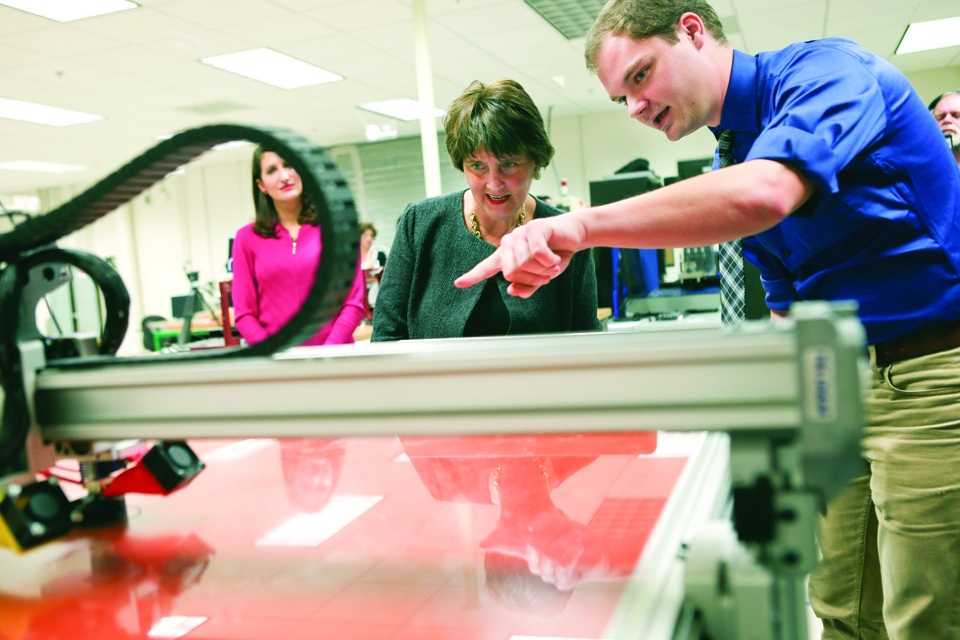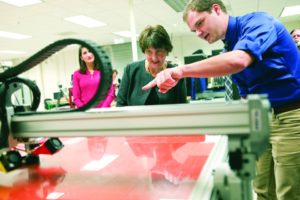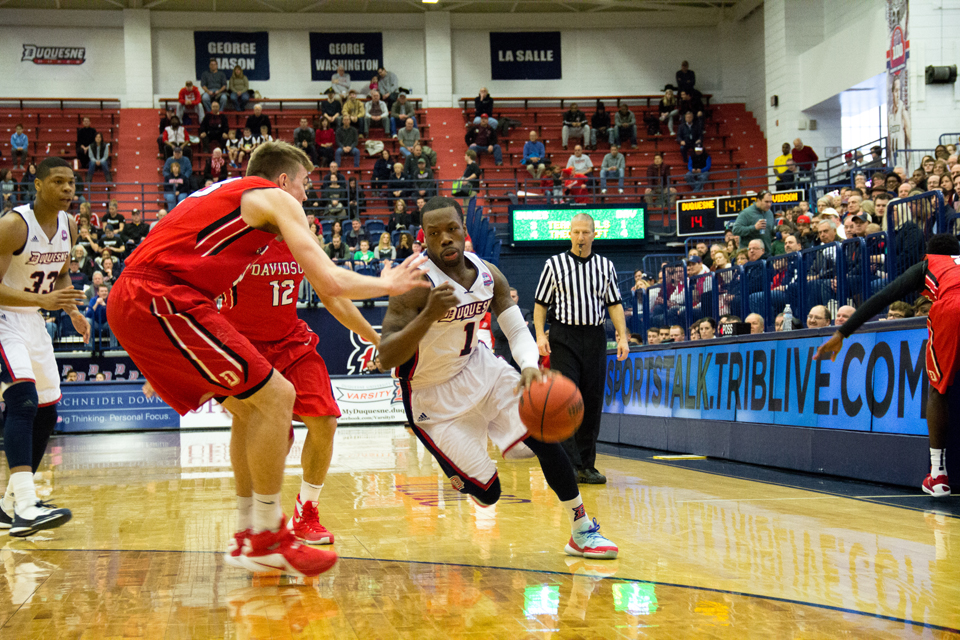

By: Alexandra Kilbert | Staff Columnist
Imagine being able to purchase your clothing and have it fit just right every time.
No more countless trips to the fitting room or feeling disappointed from trying on something and having it not fit. The fashion industry has stepped up its game and has begun using 3D printers to produce clothing.
For example, Feetz is a new company that manufactures shoes with 3D printers. Its shoes are different from others on the market because they are almost completely customizable. Feetz customers download an app and upload pictures of their feet. A 3D model is then created of the customer’s feet.This model is used to create a perfectly-sized shoe.
While the idea is incredible, there are currently a few downfalls.
The concept of 3D printing is still in its developing stages. Right now, it takes about 12 hours to make one pair of shoes, and each pair costs roughly $199. The machine is also unable to print fabric, making the style of the shoe very limited. Feetz has an assembly line of 100 printers, each costing $5000. Because of how new the technology is, these shoes will most likely put a nice dent in your wallet.
As of right now, the printer’s abilities are very limited, but that is quickly changing. Developments are made in the field almost every day.
3D printing may sound a little farfetched, but it is used right in our own backyard.
Duquesne University has its own set of printers. They are currently used in the physics department to help create lab equipment. As the industry develops, the university has the opportunity to develop as well. There is a possibility that students here can be included in the breakthroughs happening in the clothing industry.
Even though the 3D printing industry is still relatively new, it shows a lot of promise. Companies are creating the possibility of “mass customization.” This means that people who struggle with finding the right size will no longer have these problems. There is the chance that nobody will ever have to struggle with finding clothes again because they will be customized to fit their exact body type.
Customization will also aid in the elimination of back inventory. Everything being completely customizable means that there will no extras — and no limit — to what you can buy. Companies will save on production costs because no materials will be going to waste, and the consumer will not have to deal with backorders or stores running out of their sizes.
3D printing also has the potential to revolutionize the retail industry. Many companies that use 3D printing are started by people who have little to no retail background. This can open the industry to a wider range of people and create more job opportunities. Companies will be able cut back on manufacturing prices because products will only have to be made by robots and printers. They will have more chances to express creativity because they will not have to spend as much money on things such as labor costs.
Feetz is hopeful that in 10 years, nobody will have to try on shoes again. They want to be able to print a pair of shoes in less than an hour with 100 percent customer satisfaction.
Honestly, everybody should be hopeful about the future of fashion in terms of utilizing a 3D printer. People can one day have the ability to create their “perfect closet.”
Never again will you have to wear that one unflattering pair of jeans. Fitting rooms could become obsolete. No more asking employees to open doors for you. No more limiting yourself to five items or less. No more struggling to find the right size. The stress of shopping could be nonexistent.
So be hopeful that 3D printers will one day change the clothing industry into something revolutionary. We can finally love the way we look in our clothes.



